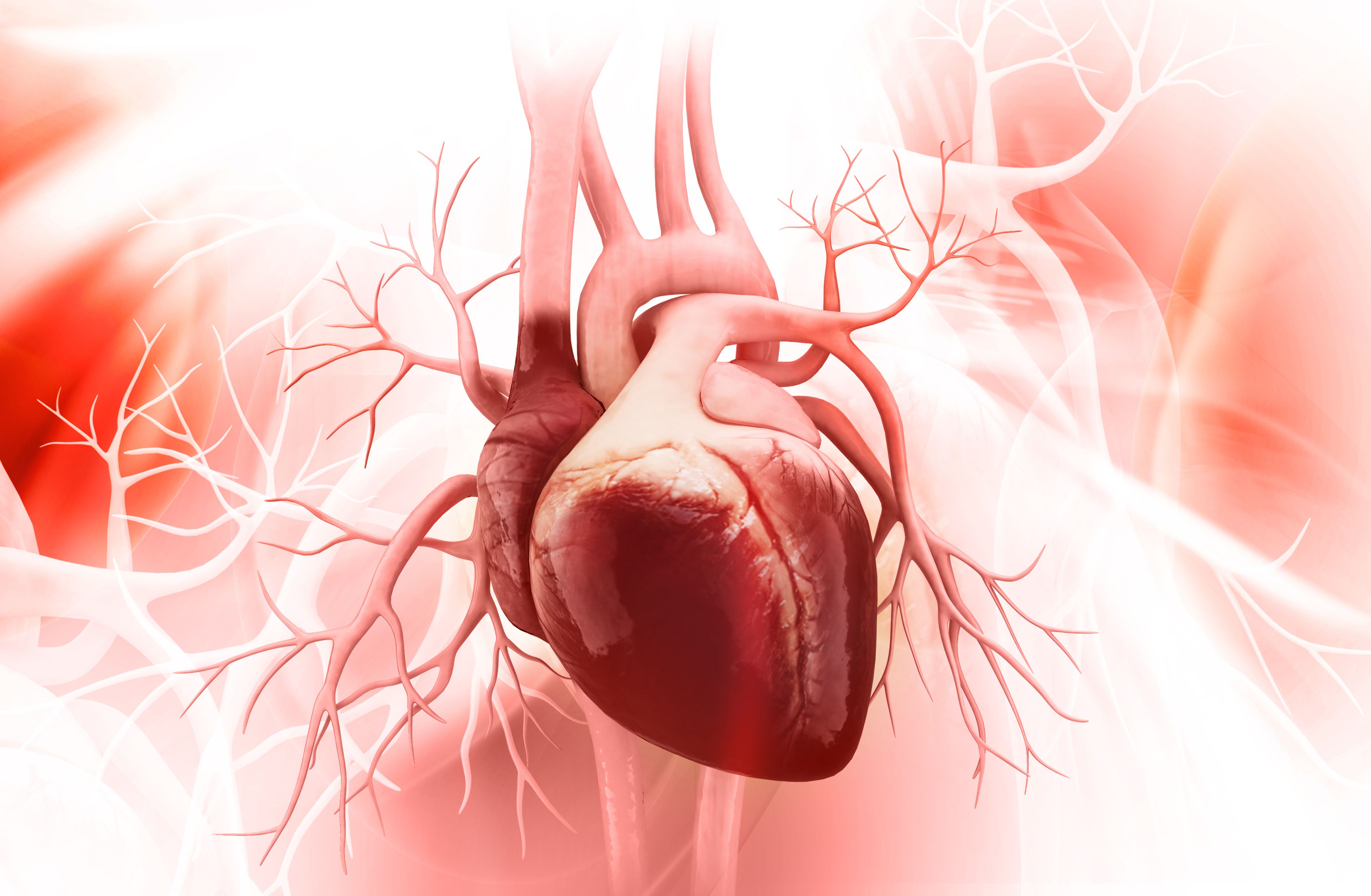Article
Study Finds No Correlation Between Fat Mass, Disease Activity in Patients With RA
Author(s):
Research shows that disease activity level did not correlate with fat mass percentage among individuals with rheumatoid arthritis (RA).
Disease activity level does not correlate with fat mass (FM) percentage among individuals with rheumatoid arthritis (RA), according to a study published in SAGE Open Medicine.
Because RA is a chronic inflammatory disease that is sometimes related to changes in an individual’s body composition, the study authors sought to evaluate if fat mass was related to an individual’s disease activity.
In the cross-sectional study of 80 female patients with RA from a single center, the mean (SD) age was 59.11 (9.92) years and the average duration of RA was 14.13 (10.13) years.
Bioelectrical impedance analyses (BIAs) showed that 85% of patients in this group had a high body fat percentage, defined as at least 30%, with the mean FM percentage being 36.96% (6.17%). Additionally, the mean body mass index (BMI) was 28.17kg/m2 (3.94 kg/m2), and 58 (72.6%) patients were overweight or obese.
Disease activity was measured using the Disease Activity Score on 28 joints (DAS28), and the mean DAS28 was 3.08 (1.08). Of the 49 (61.3%) patients who were classified as having active disease, 24 were in the low disease activity group, 20 were in the moderate activity group, and 5 were in the high activity group.
The authors then compared different characteristics among the patients to find possible associations between FM and disease characteristics.
A correlation analysis between FM percentages and variables showed a correlation between FM and body composition parameters such as BMI (r = 0.835; P < .001) and waist-to-hip index (r = 0.281; P = .01). However, no correlation was found between FM and disease characteristics.
Additionally, when comparing RA characteristics according to disease activity or remission, remission was associated with more physical activity (P = .05).
According to the study, Pearson’s correlation between DAS28 values and FM was r = 0.035 (P = .76).
The authors noted that at the time of evaluation, 62 patients received glucocorticoids, 65 received nonsteroidal anti-inflammatory drugs, 75 were using disease-modifying anti-rheumatic drugs, and 8 received biological agent therapy.
Although past research has shown that being overweight significantly decreases the likelihood of achieving reasonable disease control, use of these therapies may play a role in the low correlation between FM and DAS28 values.
“Both treatment modalities have immunosuppressive effects that act by controlling the immune response; hence, they can regulate and diminish inflammation, leading to disease improvement and changing the natural history of the disease,” the authors said. “These treatments also affect the regulation of FM and [lean mass] (an effect that has been studied scarcely in short-lasting treatments), which could be a factor that could explain the results of this study.”
They noted, however, that limitations such as the small sample size, an all-female sample, and BIA not being a standard method of measurement warrant further research on the relationship between FM and disease activity among patients with RA.
“As a significant issue, because the group of studied patients was composed of both incident and prevalent cases of RA, more longitudinal studies of incident cases are required to clarify the factors that could modify the relationship between DAS28 values and FM percentages,” the authors concluded.
Reference
Mendoza-Vázquez G, Espinoza-Gómez F, Rocha-Muñoz AD, et al. Correlation between percentage of fat mass and level of disease activity in rheumatoid arthritis. SAGE Open Medicine. 2022;10(1-7). doi:10.1177/20503121221085821




